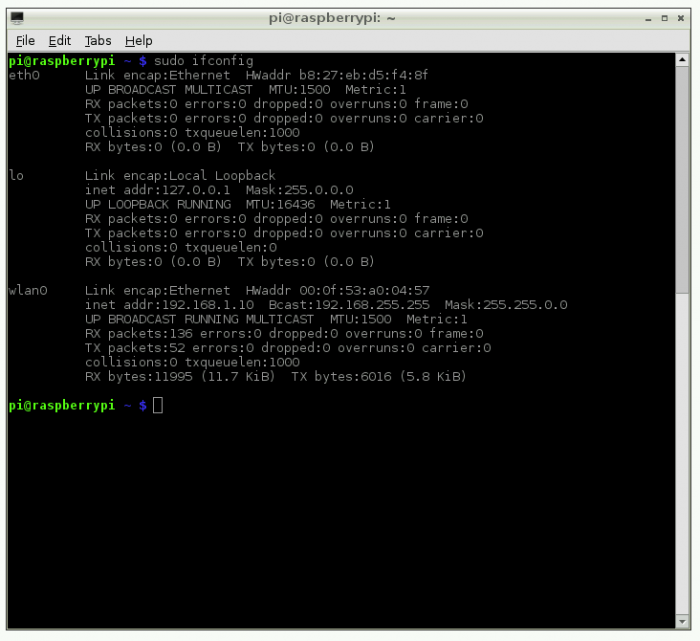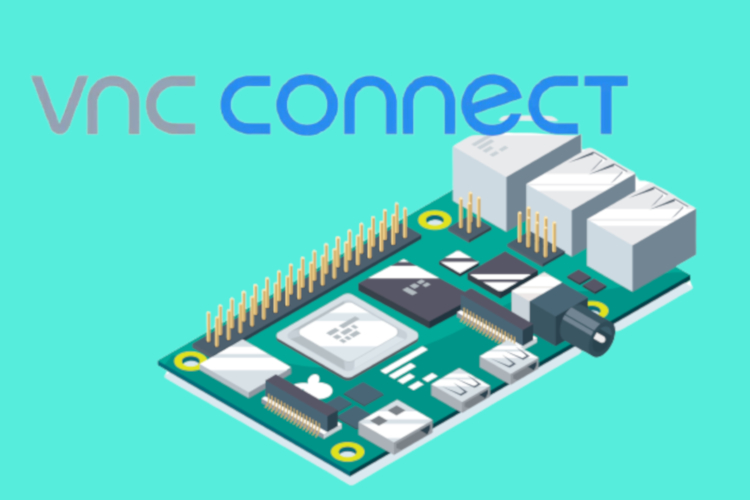Remote Access Your Raspberry Pi: A Comprehensive Guide
Want to unlock the full potential of your Raspberry Pi, transforming it into a device you can control from anywhere in the world?
This is entirely possible, and it's simpler than you might think. Remote access is the key, opening up a world of possibilities for both tech enthusiasts and seasoned professionals.
The allure of remote access to a Raspberry Pi lies in its versatility. Imagine being able to manage files, run scripts, or even interact with the graphical interface of your tiny computer, regardless of your physical location. This capability is increasingly vital in a world where projects range from sophisticated home automation systems to complex cloud computing endeavors. The ability to manage your projects efficiently, without being tethered to your device, can be a game-changer, saving both time and resources.
- Cinnamon Toast Crunch Bacon The Ultimate Breakfast Cereal
- How To Draw Ice Cream A Beginners Guide Amp Tips
- Introduction to Remote Access
- Configuring SSH for Secure Access
- Using VNC for Remote Graphical Access
- Configuring Port Forwarding for External Access
- Setting Up a Static IP Address
- Enhancing Security for Your Remote Connection
- Exploring Third-Party Tools for Simplified Access
- Troubleshooting Common Issues in Remote Access
- Advanced Security Measures for Enhanced Protection
Remote access, at its core, is the ability to connect to and control a device from a distance. For Raspberry Pi users, this means managing files, executing scripts, or using the graphical interface without being physically present. Two primary methods achieve this: SSH (Secure Shell) and VNC (Virtual Network Computing). Each offers unique advantages, depending on your specific needs and project requirements.
The benefits of remotely accessing your Raspberry Pi are many, serving a diverse range of applications. For the casual user, it offers unparalleled convenience, allowing management from any location. For the more technically inclined, it boosts productivity by eliminating the need to be near the device. Its also perfect for projects like home automation, server management, and controlling devices within the Internet of Things (IoT).
Securing remote access is not merely an option; its a necessity. To protect your device and data, several best practices should be meticulously followed. Changing the default SSH port from the standard port 22 is a critical first step. This simple action can deter automated attacks. Employing strong authentication methods, such as robust passwords or SSH keys, is equally important, as it adds a strong layer of security to your connection. Finally, installing a firewall to restrict unauthorized access is a fundamental aspect of security.
- Tiktok Wallpapers Trends Tips Designs For Your Phone
- Beyond Stereotypes Understanding The Big Black Guy In Society Media
Beyond the core methods, third-party tools can simplify the process. TeamViewer, known for its user-friendly interface, allows remote access with minimal setup. NoMachine offers high-performance access with low latency, suitable for applications that demand responsiveness. Ngrok, on the other hand, allows secure exposure of your local server to the internet, enabling access without complex configurations.
Even with careful setup, issues can arise. The inability to connect via SSH might point to SSH being disabled or the IP address being incorrect. VNC connection failures could stem from a running VNC server or blocked firewall rules. Port forwarding problems require a thorough review of your router's settings to eliminate conflicts.
For those seeking to elevate security, advanced steps are available. A hardware-based firewall offers robust protection against unauthorized access, serving as an extra line of defense. Two-factor authentication adds another layer, requiring more than just a password to access your device. Regular software updates are crucial to patch vulnerabilities and maintain a secure system.
Configuring SSH for Secure Access
SSH, or Secure Shell, is the foundational method for remotely accessing your Raspberry Pi. It provides a secure command-line interface, enabling you to control your device with ease and efficiency.
Here are the necessary steps to enable SSH:
- Begin by powering on your Raspberry Pi and logging into its operating system.
- Open the terminal. Then, use the command
sudo raspi-config. - Within the raspi-config menu, navigate to "Interfacing Options" and select "SSH."
- Confirm the action by choosing "Yes" to enable SSH functionality.
- To ensure these changes are properly implemented, reboot your Raspberry Pi.
Using VNC for Remote Graphical Access
While SSH provides a command-line interface, VNC gives you the ability to remotely access your Raspberry Pi's graphical desktop environment, a clear advantage for any task requiring a visual interface.
Heres how to set up the VNC server:
- Start by installing the VNC server using the command
sudo apt-get install realvnc-vnc-server. - Enable VNC through the "Preferences" menu, navigating to "Raspberry Pi Configuration" > "Interfaces" and ensuring "Enable" is selected for VNC.
- Download the VNC Viewer application on your remote device. This application will establish the connection.
- Finally, establish a connection by entering your Raspberry Pis IP address as the server address in the VNC Viewer.
Configuring Port Forwarding for External Access
To access your Raspberry Pi from outside your local network, configuring port forwarding is essential. This process essentially allows you to connect to your device from anywhere in the world, unlocking true remote accessibility.
Here's how to set up port forwarding:
- Log into your router's administrative interface. The IP address and login credentials for your router can often be found on the router itself or in its documentation.
- Within the router settings, find the port forwarding section. This section might be under a different name, such as "Virtual Servers" or "Applications."
- Create a new rule. This is crucial for SSH (port 22) or VNC (port 5900), to direct the traffic to your Raspberry Pi's internal IP address.
- Save the configuration and test your connection. This step ensures the setup is working as intended, allowing you to connect remotely.
Setting Up a Static IP Address
Assigning a static IP address to your Raspberry Pi ensures that its address remains constant. This simplifies the process of connecting remotely, since the address will not change.
Follow these steps to set up a static IP address:
- Begin by opening the terminal and edit the
/etc/dhcpcd.conffile using the commandsudo nano /etc/dhcpcd.conf. - Add the following lines to the file:
interface eth0static ip_address=192.168.1.100/24static routers=192.168.1.1static domain_name_servers=192.168.1.1
Securing Your Remote Connection
Security is a critical aspect when accessing your Raspberry Pi remotely, so follow best practices.
- Change the Default SSH Port: Modify the default SSH port (22) to a less common number to deter unauthorized attempts.
- Use Strong Authentication Methods: Implement strong passwords or SSH keys for secure authentication.
- Install a Firewall: Set up a firewall to restrict unauthorized access and protect your Raspberry Pi.
Exploring Third-Party Tools for Simplified Access
Third-party tools provide additional features and simplify the process of remote access:
- TeamViewer: A user-friendly tool that facilitates remote access with minimal setup required.
- NoMachine: Offers high-performance remote access with low latency, ideal for demanding applications.
- ngrok: Allows you to securely expose your local server to the internet, enabling remote access without complex configurations.
Troubleshooting Common Issues in Remote Access
Here are some common problems and their corresponding solutions:
- Cannot Connect via SSH: Ensure SSH is enabled and verify the IP address of your Raspberry Pi.
- VNC Connection Fails: Confirm that the VNC server is running and check firewall rules for potential blockages.
- Port Forwarding Not Working: Revisit your router's settings and ensure no conflicts exist with other devices on the network.
Advanced Security Measures for Enhanced Protection
Advanced security tips:
- Use a Hardware-Based Firewall: Deploy a dedicated hardware firewall for robust protection against unauthorized access.
- Enable Two-Factor Authentication: Add an additional layer of security by requiring two-factor authentication for SSH access.
- Regularly Update Software: Keep your Raspberry Pi's software up to date to address vulnerabilities and maintain optimal security.
- How To Draw Ice Cream A Beginners Guide Amp Tips
- Lightning Mcqueen The Ultimate Guide To Disneys Speedster

How to access Raspberry Pi remotely Teknologya

How to Remotely Access Raspberry Pi from Windows, Mac & Linux Beebom

Learn How to Remotely Access Raspberry PI Devices